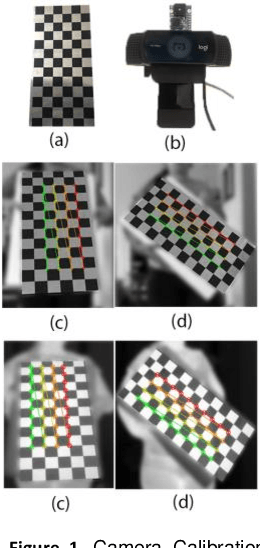Mona Azarbayjani
Real-Time Bus Departure Prediction Using Neural Networks for Smart IoT Public Bus Transit
Jan 17, 2025



Abstract:Bus transit plays a vital role in urban public transportation but often struggles to provide accurate and reliable departure times. This leads to delays, passenger dissatisfaction, and decreased ridership, particularly in transit-dependent areas. A major challenge lies in the discrepancy between actual and scheduled bus departure times, which disrupts timetables and impacts overall operational efficiency. To address these challenges, this paper presents a neural network-based approach for real-time bus departure time prediction tailored for smart IoT public transit applications. We leverage AI-driven models to enhance the accuracy of bus schedules by preprocessing data, engineering relevant features, and implementing a fully connected neural network that utilizes historical departure data to predict departure times at subsequent stops. In our case study analyzing bus data from Boston, we observed an average deviation of nearly 4 minutes from scheduled times. However, our model, evaluated across 151 bus routes, demonstrates a significant improvement, predicting departure time deviations with an accuracy of under 80 seconds. This advancement not only improves the reliability of bus transit schedules but also plays a crucial role in enabling smart bus systems and IoT applications within public transit networks. By providing more accurate real-time predictions, our approach can facilitate the integration of IoT devices, such as smart bus stops and passenger information systems, that rely on precise data for optimal performance.
A Novel Neural Network Approach for Predicting the Arrival Time of Buses for Smart On-Demand Public Transit
Mar 27, 2023Abstract:Among the major public transportation systems in cities, bus transit has its problems, including more accuracy and reliability when estimating the bus arrival time for riders. This can lead to delays and decreased ridership, especially in cities where public transportation is heavily relied upon. A common issue is that the arrival times of buses do not match the schedules, resulting in latency for fixed schedules. According to the study in this paper on New York City bus data, there is an average delay of around eight minutes or 491 seconds mismatch between the bus arrivals and the actual scheduled time. This research paper presents a novel AI-based data-driven approach for estimating the arrival times of buses at each transit point (station). Our approach is based on a fully connected neural network and can predict the arrival time collectively across all bus lines in large metropolitan areas. Our neural-net data-driven approach provides a new way to estimate the arrival time of the buses, which can lead to a more efficient and smarter way to bring the bus transit to the general public. Our evaluation of the network bus system with more than 200 bus lines, and 2 million data points, demonstrates less than 40 seconds of estimated error for arrival times. The inference time per each validation set data point is less than 0.006 ms.
Machine Learning-Based Automated Thermal Comfort Prediction: Integration of Low-Cost Thermal and Visual Cameras for Higher Accuracy
Apr 14, 2022



Abstract:Recent research is trying to leverage occupants' demand in the building's control loop to consider individuals' well-being and the buildings' energy savings. To that end, a real-time feedback system is needed to provide data about occupants' comfort conditions that can be used to control the building's heating, cooling, and air conditioning (HVAC) system. The emergence of thermal imaging techniques provides an excellent opportunity for contactless data gathering with no interruption in occupant conditions and activities. There is increasing attention to infrared thermal camera usage in public buildings because of their non-invasive quality in reading the human skin temperature. However, the state-of-the-art methods need additional modifications to become more reliable. To capitalize potentials and address some existing limitations, new solutions are required to bring a more holistic view toward non-intrusive thermal scanning by leveraging the benefit of machine learning and image processing. This research implements an automated approach to collect and register simultaneous thermal and visual images and read the facial temperature in different regions. This paper also presents two additional investigations. First, through utilizing IButton wearable thermal sensors on the forehead area, we investigate the reliability of an in-expensive thermal camera (FLIR Lepton) in reading the skin temperature. Second, by studying the false-color version of thermal images, we look into the possibility of non-radiometric thermal images for predicting personalized thermal comfort. The results shows the strong performance of Random Forest and K-Nearest Neighbor prediction algorithms in predicting personalized thermal comfort. In addition, we have found that non-radiometric images can also indicate thermal comfort when the algorithm is trained with larger amounts of data.
 Add to Chrome
Add to Chrome Add to Firefox
Add to Firefox Add to Edge
Add to Edge